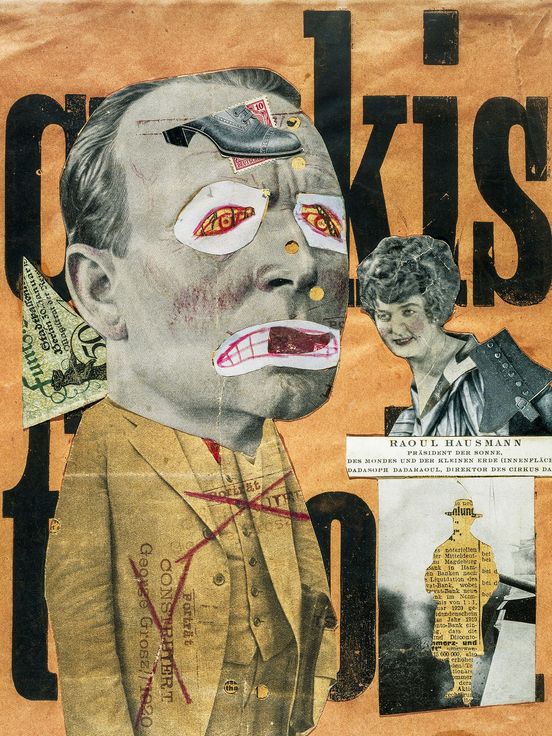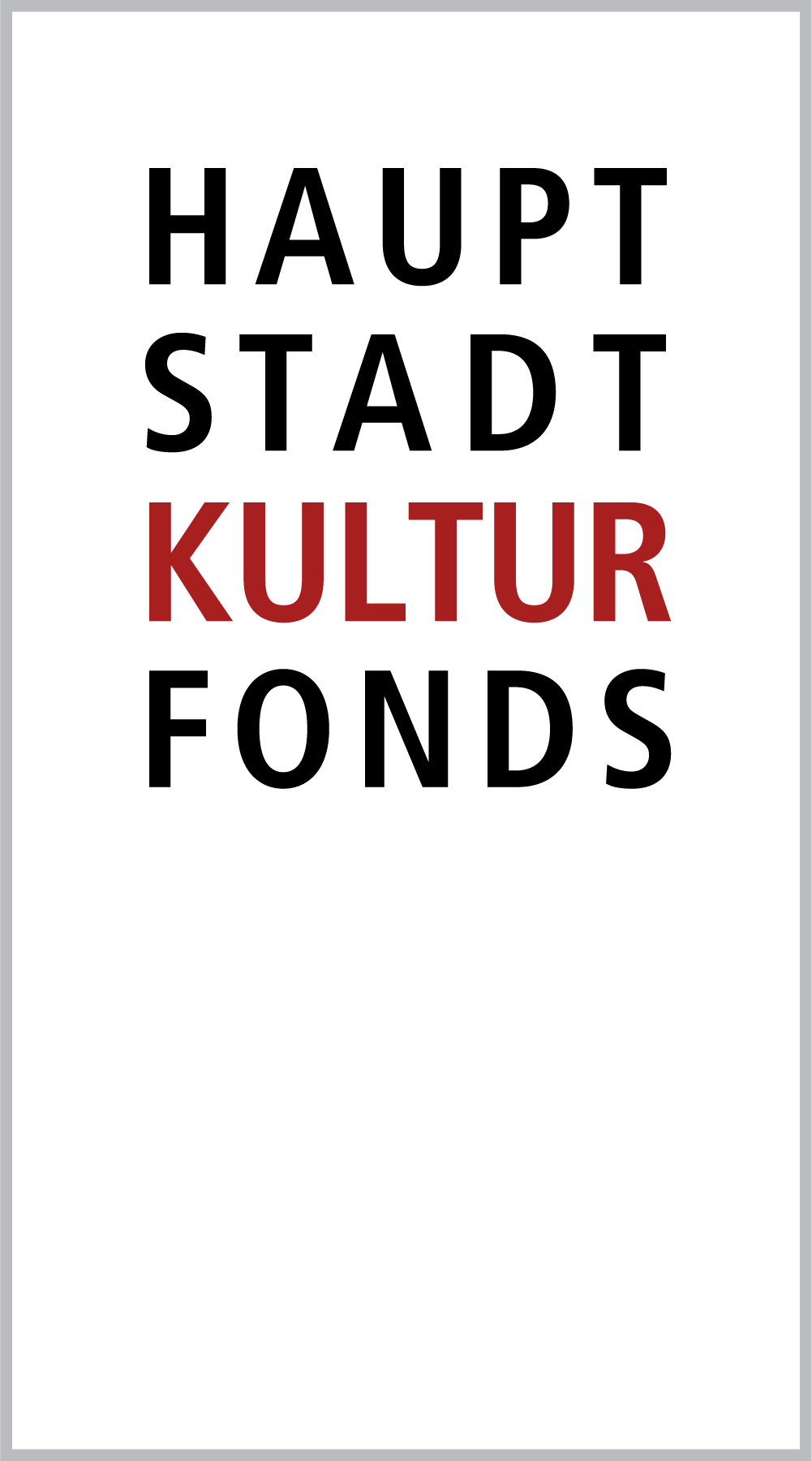Raoul Hausmann was one of the most innovative avant-garde artists of the modernist era. Art and life, in his view, were inextricably connected. His desire to discard familiar forms and constantly enact “tomorrow” made him a trailblazer in multi-media art. As a Dadaist he was among those who invented collage, but he also devised synaesthetic apparatus, penned experimental texts, gave performances that explored the relationship between body, sound and space, and merged the visual with the haptic in his photography. Throughout his life, not only in his art but also in his quest for new ways to live and to think the world, he was eager to break free of convention and swim against the bourgeois tide.
The big retrospective at the Berlinische Galerie, featuring some 200 works from collections in Germany and abroad, will showcase this multi-facetted and pioneering creativity which so influenced subsequent generations of artists and place it in the context of current discourse.
Hausmann’s late œuvre, produced after he left Nazi Germany for France, will feature prominently thanks to generous input from the Musée d’art contemporain de la Haute-Vienne ‒ Château de Rochechouart. This continues the acclaimed series of collaborative ventures between the Berlinische Galerie and other European museums.
- All the explanatory exhibition texts are available in German and English.
- There is no information in Simple German.
- There is no information in German Sign Language.
- Some outreach events are held in or with German Sign Language.
- In the exhibition there are listening points with spoken German and English. The sound comes through earphones. You can also download the texts and transcriptions onto your own smart phone with a QR code.
- The exhibition includes videos with spoken German and English subtitles. There are earphones for listening.
- The media station is operated by touch screen. It includes images as well as texts in German. The media console can enlarge print and adjust contrast. It has no audio output.
- Assistive listening is not supported by induction systems or neck loops.
- There is step-free access to the exhibition.
- Most of the exhibits and explanatory texts can be seen and read from a seated position.
- Display cases are 68 cm high and can be viewed from a wheelchair.
- One work protrudes into the room. It is indicated by a floor marking.
- There are no seatings. Wheelchairs and folding stools can be borrowed free of charge from the cloakroom.
- To protect the works in the exhibition limited use is made of bright illumination. Most of the exhibition texts are designed with strong contrast.
- All the exhibition texts are available as a large-print brochure that you will find at the entrance to the exhibition.
- The exhibition contains no tactile floor guidance and no touch models.
Click here for information about museum accessibility.
Do you have any other questions about accessibility? Andreas Krüger, officer accessibility and inclusion, will be happy to answer them via e-mail krueger@berlinischegalerie.de or via phone +49 (0)30-789 02-832.










